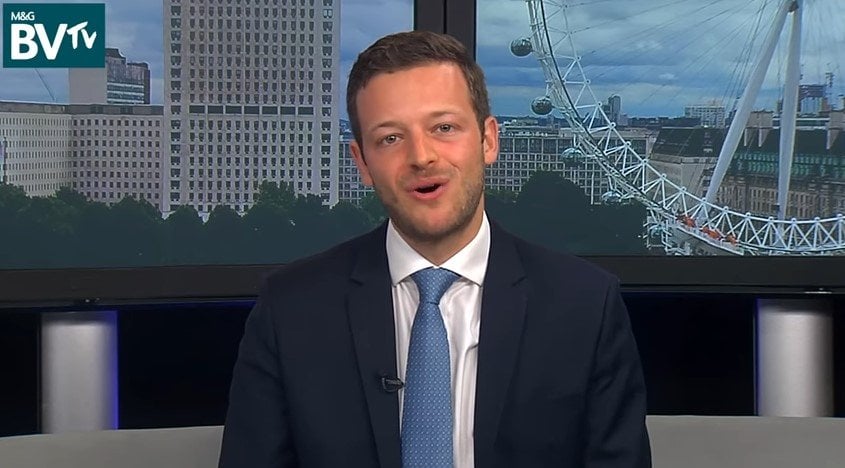While 2018 has been a mixed year for bond investors so far, with many indices posting negative returns, the US high yield market has – perhaps surprisingly – managed to navigate its way through the turbulence. The sector’s intrinsically shorter duration than its investment grade counterpart may explain part of the divergence, but this is only part of the story.
Q2 hedge fund letters, conference, scoops etc
Watch the latest episode of BVTV to find out what other factors have caused the performance of the two markets to decouple so far this year. Also – after a challenging first half of the year for the emerging markets, what do EM HY valuations look like today?

Demystifying US High Yield - What's Driving YTD Performance?
Transcript
Good morning everyone and welcome to bond vigilantes TV.
2000 has so far been a rather mixed year for fixed income investors with the maturity of bond indices posting negative returns. It might surprise some of you that especially the U.S. high youth market has navigated well through a year which was marked by trade tensions political uncertainty and turmoil and was still strong. A softening of economic data to give you some context. high yield has delivered a return of0.01 percent year to date. While at the same time the U.S. Treasury index is down one point one percent and the U.S. Investment Grade Index has fallen even more by2.5 percent. So how come that the U.S. market has held up so well.
What might first come to mind is the short term interest duration profile of the high yield market which is with four years roughly half as long as the investment grade market. Given the high credit risk in high yield in Messers do usually land for a shorter period of time and this has been beneficial in 2018 during which U.S. Treasury yields have tested new highs. But this is only part of the story really. As you can see in this chart U.S. investment grade credit spreads have weakened throughout the year while U.S. high yield spreads have actually managed to tighten slightly. So what drives this relative weakness in the market. Well first of all it has to do with index compensation investment grade companies are fused their record low interest rate environment to lock in low rates for a very long time. This has increased degeneration of the index from roughly 5 Fiest back in 2008 to more than seven now. Plus the rate in compensation of the investment grade market has changed too.
The index is now skewed to a lower rate than the credits. If triple BESE now accounting for more than half of the index weight as a result of this the US Investment Grade Index has become more volatile and consequently returns have become more sensitive to credit spread changes than in the past. In contrast the index composition of the high yield market has only marginally changed over the cycle. But why has the credit risk premium for U.S. high yield issuance not risen. You might ask. I would argue that in contrast to many multinational investment rate players U.S. high yield companies generate a much higher share of revenue from the home market. This has protected them well from political uncertainty in Europe and tradable for years. Another factor that supports the spread level was oil. The price for a barrel of oil rose by 13 percent year to date to sixty eight dollars which is conformably above the break even point of many high yield companies.
Considering that 15 percent of theU.S. high yield index or energy players this has obviously helped sentiment. Another factor is supply or the lack of faith in the higher market which has supported price levels of late as well. And last but not least I would also add that all infields look attractive for domestic investors with a yield of currently 6 and the half percent. Now. Well nothing points to any immediate weakness. I guess it's fair to say that theU.S. high yield looks increasingly expensive on a relative basis. Especially if we compare the compensation for credit risk to the European high market for the first time since 2013U.S. high that spreads are trading inside European higher spreads. And what makes this relationship even more pronounced is the fact that the European Higher Market is actually of better credit quality. Also emerging markets appear to offer relative value after having briefly traded insideU.S. Hyatt's Bretts in Q1 this year.
IOM high yield has considerably reply repriced of late and thus now offer a compensation for credit risk which is more than 200 basis points higher than the U.S. market. With a view that trade does not escalate any further adding back some exposure on a selective basis might now be a prudent thing to do especially against the backdrop of improving Yem fundamentals.
Thanks very much for tuning in this morning and bye for now.






